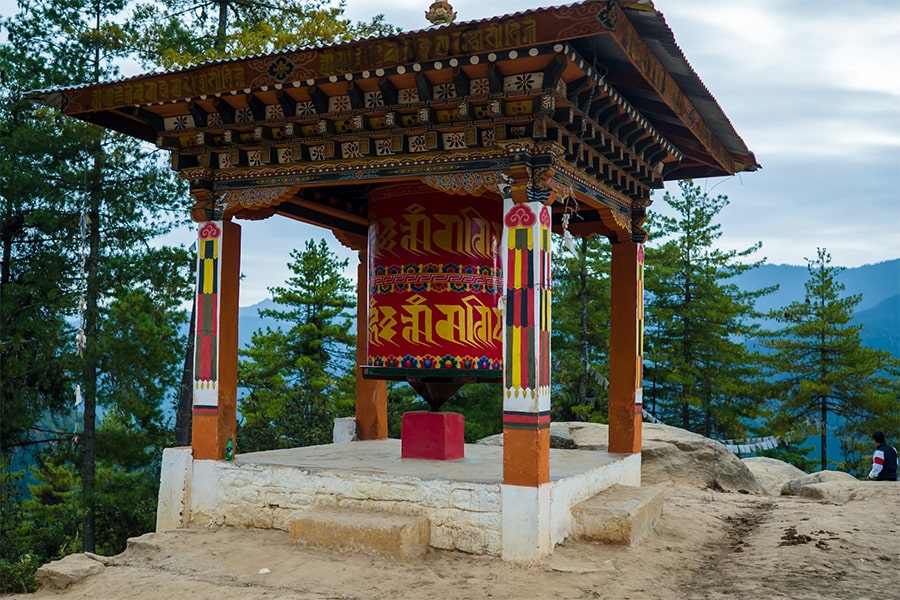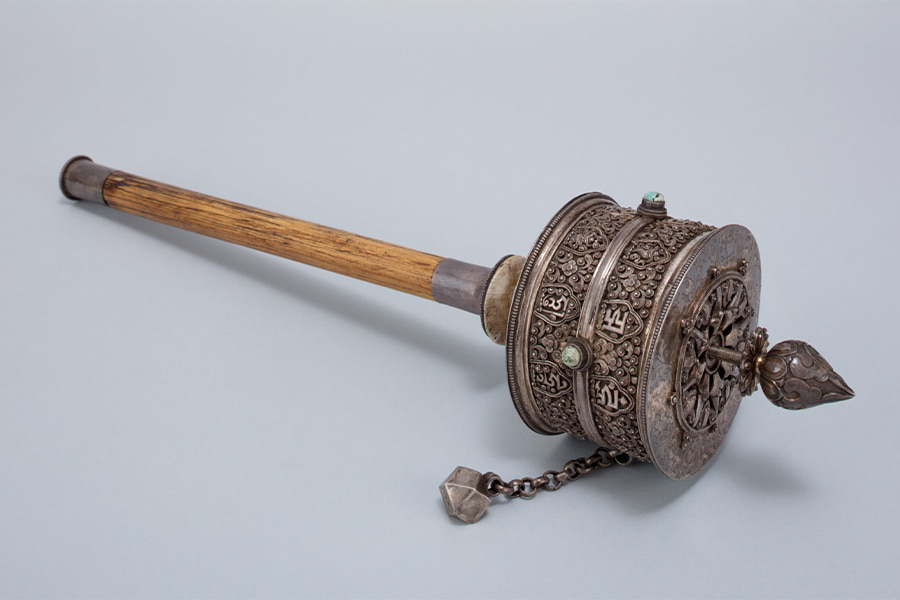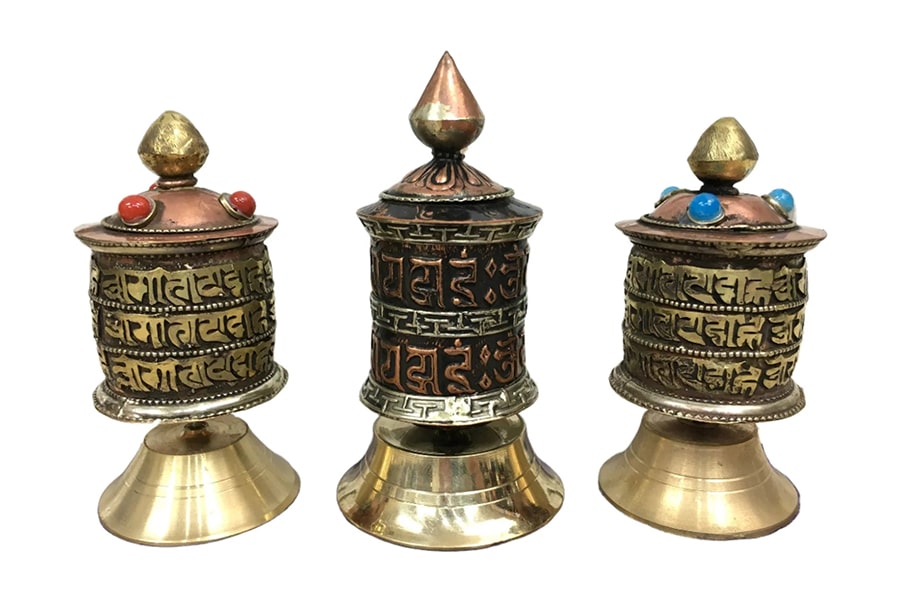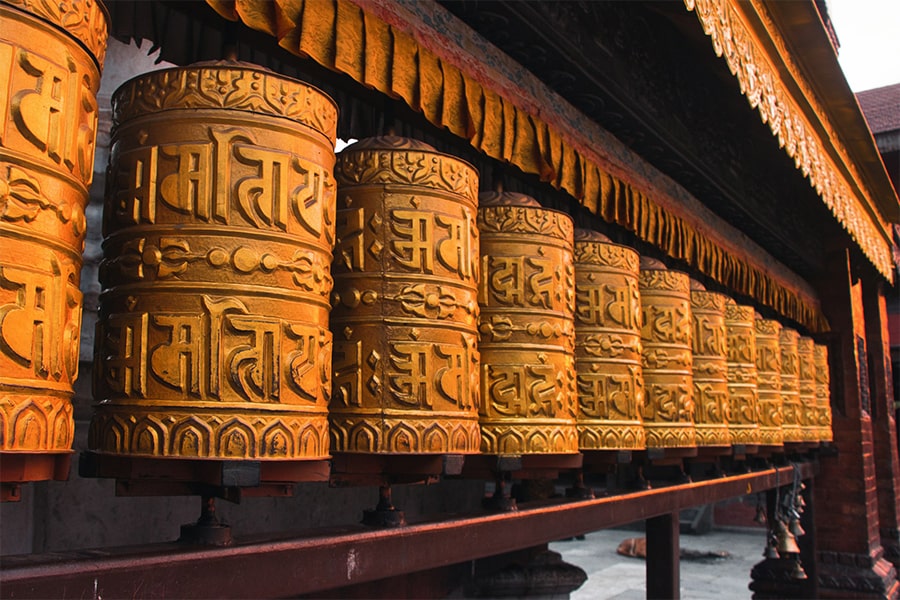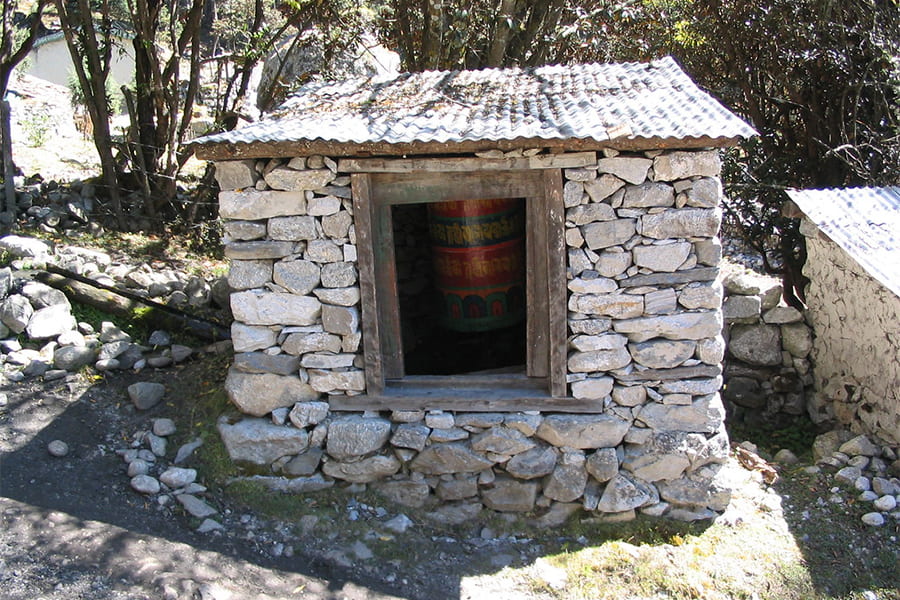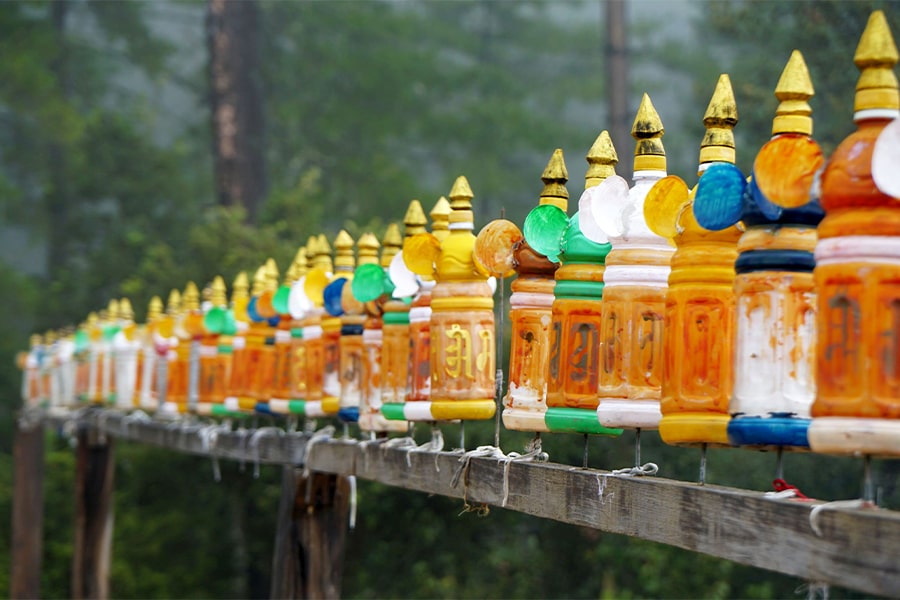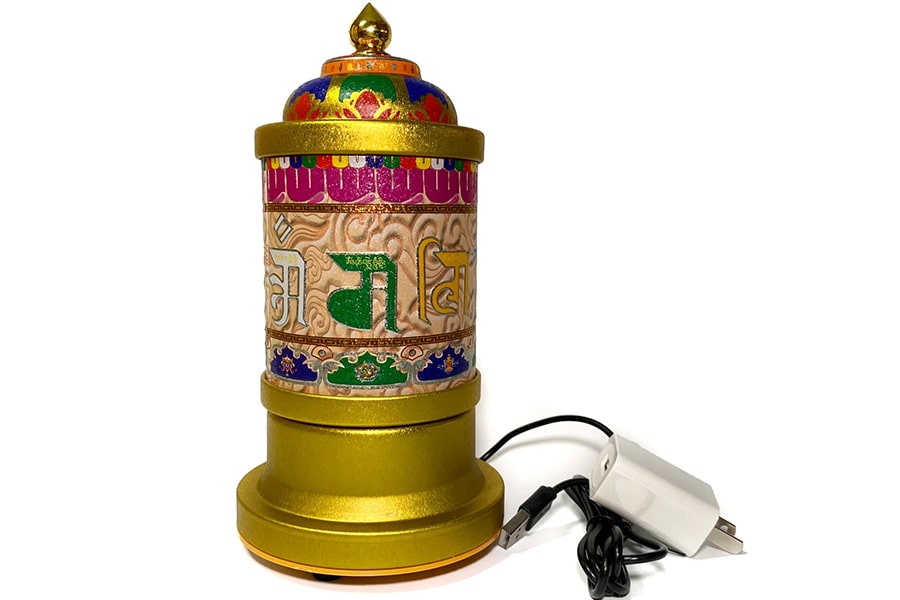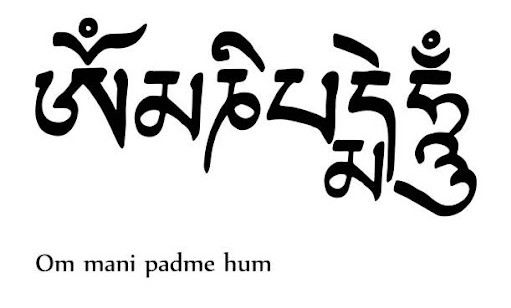Bhutan, the land of the Thunder Dragon, is a spiritual haven where ancient traditions blend seamlessly with serene landscapes. Among the many sacred practices in this Himalayan kingdom, the Tibetan prayer wheel stands out as a profound symbol of devotion and spirituality. These cylindrical wheels, inscribed with sacred mantras, are spun by devotees to spread blessings and positive energy. For those exploring Bhutan tours, the prayer wheel offers a window into the heart of Bhutan religion. In this article, we delve into the essence of the Tibetan prayer wheel, its types, uses, and significance in Bhutanese culture, covering everything from their construction to their spiritual benefits.
What Is a Tibetan Prayer Wheel?
A Tibetan prayer wheel is a cylindrical object, often made of metal, wood, or leather, that rotates on a spindle. Inside, it contains scrolls inscribed with sacred mantras, most commonly the mantra "Om Mani Padme Hum." Spinning the wheel is believed to release these mantras into the universe, generating merit and spreading compassion. Found in monasteries, homes, and public spaces across Bhutan, the wheel is a cornerstone of Buddhist practice, embodying both spiritual and cultural significance.
The 6 Different Types of Tibetan Prayer Wheels
Wheels come in various forms, each designed for specific settings and purposes. Below are the six main types commonly found in Bhutan:
- Handheld Prayer Wheels: These portable wheels are held and spun by hand, often during meditation or while circumambulating sacred sites. They are small, lightweight, and adorned with intricate designs.
- Tabletop Prayer Wheels: Placed on tables or altars, these wheels are larger than handheld ones and are often used in homes or small shrines for daily prayers.
- Wall-Mounted Prayer Wheels: Found in rows along monastery walls, these wheels allow devotees to spin multiple wheels while walking, amplifying the blessings.
- Water-Powered Prayer Wheels: These are turned by the flow of water, often placed near streams or rivers. The continuous motion is believed to spread prayers with the water’s flow.
- Wind-Powered Prayer Wheels: Powered by the wind, these wheels are less common but symbolize the spread of blessings through the air.
- Electric Prayer Wheels: Modern adaptations, these wheels use electricity to rotate continuously, often found in urban settings or large monasteries.
Each type of wheel serves the same spiritual purpose but is tailored to different environments and practices in Bhutan.
How to Use a Tibetan Prayer Wheel
Using a wheel is a simple yet profound act. To use it correctly, follow these steps:
- Hold or Approach the Wheel: For handheld wheels, grip the handle firmly. For larger wheels, position yourself to spin them clockwise.
- Set Your Intention: Focus on positive thoughts, compassion, or a specific prayer before spinning the wheel.
- Spin Clockwise: Always rotate the wheel in a clockwise direction, as this aligns with the natural flow of energy in Buddhist tradition.
- Recite Mantras: While spinning, you may chant "Om Mani Padme Hum" or other mantras to enhance the spiritual effect.
- Mindful Practice: Spin the wheel with mindfulness, understanding that each rotation sends prayers into the universe.
In Bhutan, devotees often circumambulate stupas or monasteries while spinning ones, combining physical movement with spiritual practice.
How to Make a Tibetan Prayer Wheel
Crafting a wheel is a sacred process, often undertaken by skilled artisans in Bhutan. Here’s a simplified guide to making a basic handheld prayer wheel:
- Materials Needed: Gather a small cylindrical container (metal or wood), a spindle, a handle, parchment or paper for mantras, and decorative elements.
- Inscribe the Mantra: Write or print the mantra "Om Mani Padme Hum" on a scroll of paper. Traditionally, this is done by hand or printed using wooden blocks.
- Assemble the Cylinder: Place the mantra scroll inside the cylinder, ensuring it’s tightly rolled to fit securely.
- Attach the Spindle and Handle: Fix the cylinder to a spindle so it can rotate smoothly. Attach a handle for handheld wheels.
- Decorate: Adorn the wheel with carvings, paintings, or metalwork, often featuring auspicious symbols like the eight Buddhist symbols.
- Consecrate: Have a lama or monk bless the prayer wheel to imbue it with spiritual energy.
While homemade ones are simpler, traditional ones in Bhutan are crafted with precision and consecrated for maximum spiritual efficacy.
The Mantra on the Prayer Wheel
The mantra "Om Mani Padme Hum" is a six-syllable chant of Avalokiteshvara, the Bodhisattva of Compassion, inscribed on wheels. Each syllable purifies a specific negative emotion and holds deep spiritual meaning.
Om: Represents the universe’s essence, purifying pride. It invokes the body, speech, and mind of the Buddhas, fostering humility.
Mani: Means "jewel," symbolizing compassion. It purifies jealousy, encouraging generosity and spiritual aspiration.
Padme: Means "lotus," symbolizing purity. It purifies ignorance, promoting wisdom and clarity.
Hum: Represents unity of wisdom and compassion. It purifies aggression, fostering peace and resolve for enlightenment.
Tibetan Prayer Wheel Benefits
Spinning a Tibetan prayer wheel offers numerous spiritual and mental benefits, deeply rooted in Buddhist philosophy:
- Spiritual Merit: Each spin generates positive karma, equivalent to reciting the mantras inside the wheel.
- Purification: The act purifies negative energies and fosters inner peace.
- Compassion and Wisdom: Spinning the wheel spreads compassion and wisdom, benefiting both the individual and the universe.
- Mental Clarity: The mindful act of spinning promotes focus and calmness, aiding meditation.
- Community Harmony: In Bhutan, spinning prayer wheels in public spaces fosters a sense of shared spirituality and unity.
These benefits make the wheel a powerful tool for both personal and collective spiritual growth.
Where to Find Prayer Wheels in Bhutan?
Bhutan is dotted with wheels, making them accessible to locals and visitors alike. Here are some key locations to find them:
- Paro Valley: Visit Taktsang Goemba (Tiger’s Nest Monastery), where prayer wheels line the paths to the sacred site.
- Thimphu: The National Memorial Chorten features rows of wall-mounted prayer wheels, spun by devotees daily.
- Punakha Dzong: This fortress houses large prayer wheels, often water-powered, near its scenic rivers.
- Bumthang Valley: Known for its ancient monasteries, this region has both handheld and wall-mounted prayer wheels.
- Local Markets: Handheld and tabletop prayer wheels are sold in markets like Thimphu’s Weekend Market, crafted by local artisans.
Visiting these sites allows travelers to engage with Bhutan’s spiritual heritage and experience the calming ritual of spinning a Tibetan prayer wheel.
Conclusion
The wheel is more than a religious artifact; it is a bridge between the physical and spiritual realms in Bhutan. Whether handheld or water-powered, these wheels carry the essence of Buddhist teachings, spreading compassion and wisdom with every spin. By understanding their types, uses, and benefits, visitors and devotees can fully appreciate their role in Bhutanese culture. Next time you’re in Bhutan, take a moment to spin a wheel and feel the serenity it brings to both heart and soul.

